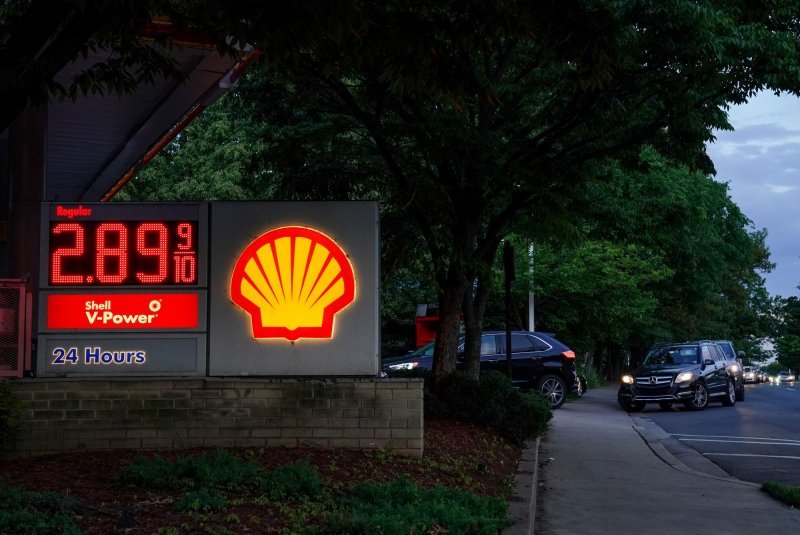Wednesday's report said the total energy index was up 24% in July compared to a year ago. The increase was driven mainly by a 42% year-to-year increase in gasoline prices. File Photo by Jemal Countess/UPI |
License Photo
Aug. 11 (UPI) -- Consumer prices in the United States increased by a half-percent during the month of July, according to government figures released on Wednesday -- slightly higher than most experts were predicting.
The Consumer Price Index, which measures price increases in all core items for urban U.S. consumers, climbed by 0.5% over June and was 5.4% higher compared to July 2020.
The monthly Labor Department report noted that prices were up for shelter, food, energy and new vehicles and food prices were up 0.7%.
Most economists expected a CPI rise of 0.4% for July.
The core inflation measure, which is the index minus food and energy, increased by 0.3% in July -- slightly less than analysts expected.
In June, prices increased by nearly 1% over May in what was the steepest increase in 13 years. The 12-month increase was also the highest since 2008. The year-to-year rise of core inflation in June was the highest in 30 years.
In Wednesday's report, the department noted that energy prices in the United States are up almost 24% over the past 12 months -- driven mostly by a higher gasoline index, which has surged almost 42% since last July.
The Federal Reserve uses the CPI as a gauge to measure national inflation, which has increased in 2021 due mainly to substantial economic recovery rooted in the COVID-19 pandemic.
Based partly on the CPI, the Fed left key interest rates unchanged at the end of its policy meeting on July 28.
At the time, the Fed said the economy was still recovering, despite surging coronavirus in some states. The Federal Open Market Committee hasn't changed interest rates since February 2020 at the start of the coronavirus outbreak.















